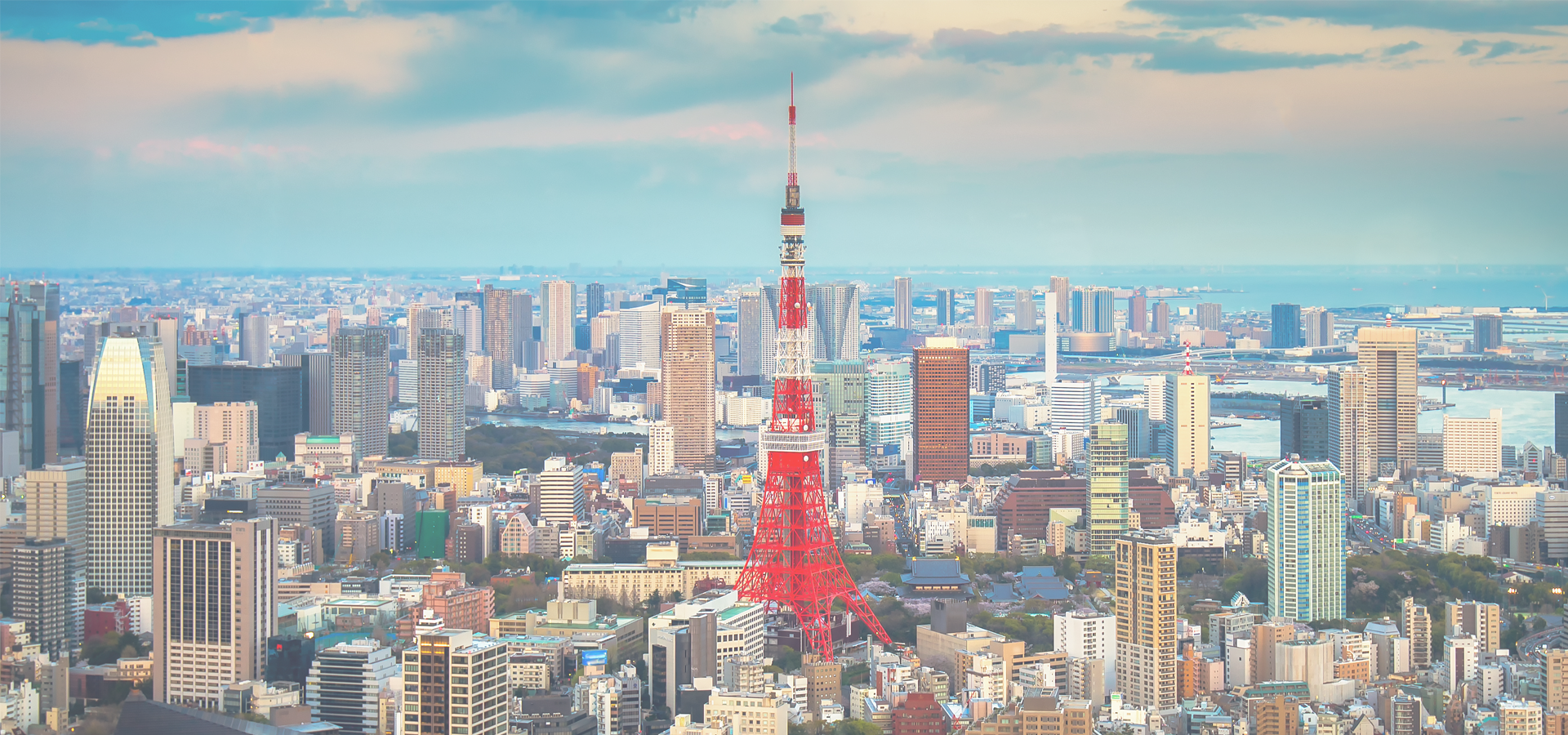Habikino, Ōsaka Prefecture, Kansai Region, Japan
🇯🇵 Habikino (羽曳野市, Habikino-shi) is a city located in Osaka Prefecture, Japan. As of 31 January 2022, the city had an estimated population density of 4,100 persons per km². The total area of the city is 26.45 square km (10.21 sq mi). The city is known for its grapes, and also for its large number of ancient kofun burial mounds. The city is also sometimes referred to by its former name Minami-Osaka (南大阪).
Geography Habikino is located in the south-eastern part of Osaka Prefecture, in the Kawachi Plain surrounded by Ikoma, Kongō, and Katsuragi Mountains and Mount Nijō. It is within about 20 km from the centre of Osaka metropolis.
Neighboring municipalities Osaka Prefecture • Sakai • Matsubara • Fujiidera • Kashiwara • Tondabayashi • Taishi; Nara Prefecture • Kashiba.
Demographics Per Japanese census data, the population of Habikino increased rapidly from the 1960s through 1990s, and has leveled off since.
History The area of the modern city of Habikino was within ancient Kawachi Province and is located on the route of the Take-no-uchi Kaidō, a highway which connected the ancient capitals of Asuka and Heijō-kyō with the coast. Numerous kofun burial mounds were built in the area during the Kofun period, including many attributed to early Emperors. During the Heian period, the area was controlled by the Kawachi Genji clan, the ancestors of the Minamoto clan who dominated Japan during the Kamakura period.
After the Meiji restoration, the area became part of Osaka Prefecture from 1881. The villages of Furuichi, Imagatani, and Nishiura were created with the establishment of the modern municipalities system on April 1, 1889. On April 1, 1896 the area became part of Minamikawachi District, Osaka. Furuichi was elevated to town status on October 1, 1916. On September 30, 1956, Furuichi merged with the town of Takawashi and the villages of Nanyu, Nishiura, Imagatani, and Tanpi to form the town of Minami-Osaka (南大阪町). On April 1, 1957, Minami-Osaka annexed the neighboring village of Mihara. On January 15, 1959, Minami-Osaka was elevated to city status, and took the name of Habikino.
Government Habikino has a mayor-council form of government with a directly elected mayor and a unicameral city council of 18 members. Habikino contributes one member to the Osaka Prefectural Assembly. In terms of national politics, the city is part of Osaka 14th district of the lower house of the Diet of Japan.
Economy Habikino is a regional commercial center. It was traditionally known for grapes and figs. There is some light manufacturing, but agriculture remains central to the local economy.
Education Universities and technical schools • Shitennōji International Buddhist University • Osaka Prefecture University Habikino Campus (formerly Osaka Prefecture College of Nursing)
Education: Primary and Secondary Habikino has 13 public elementary schools, five public middle schools and one combined elementary/middle school operated by the city government and one public high school operated by the Osaka Prefectural Department of Education.
Transport: Rail Kintetsu Railway - Kintetsu Minami Osaka Line • (to Osaka Abenobashi) - Eganoshō - Takawashi - < Fujiidera - Hajinosato - Dōmyōji> Furuichi - Komagatani - Kaminotaishi - (to Kintetsu Gose, Kashiharajingū-mae, Yoshino)
Transport: Road • Minami-Hanna Road (Habikino Interchange, Habikino-Higashi Interchange) • National Route 166 • National Route 170 (Osaka Outer Loop Highway).
Bus • Kintetsu Bus; ◦ From Furuichi Station in the east, buses carry passengers on routes to Habikigaoka, Shitennōji International Buddhist University, Momoyama-dai, and Fujiidera Station; ◦ From Eganoshō Station in the west, there is a bus route to Kawachi-Matsubara Station which also covers Mihara-ku in Sakai. • Kongō Bus; ◦ Buses pick up passengers at Kaminotaishi Station.
Local attractions • Furuichi Kofun Cluster, a group of Kofun. They are recorded as World Heritage Sites. • Kannonzuka Kofun, National Historic Site • Honda Shiratori Haniwa Production Site, National Historic Site • Tsūhō-ji ruins, National Historic Site • Yachū-ji temple ruins, National Historic Site.
Tokyo Time

Habikino has a population of over 109,479 people. Habikino also forms one of the centres of the wider Osaka Prefecture which has a population of over 8,823,358 people. Habikino is situated near Ōsaka.
To set up a UBI Lab for Habikino see: https://www.ubilabnetwork.org Twitter: https://twitter.com/UBILabNetwork
Twin Towns, Sister Cities Habikino has links with:
🇯🇵 Gose, Japan 🇦🇹 Hietzing, Austria 🇯🇵 Kameyama, Japan 🇰🇷 Nonsan, South Korea🇺🇸 Victorville 34.539
🇺🇸 Apple Valley 34.524
🇨🇳 Donghai County 34.517
🇺🇸 Hot Springs 34.509
🇯🇵 Higashiōsaka 135.645
🇯🇵 Nagaokakyō 135.694
Locations Near: Habikino 135.6,34.55
🇯🇵 Fujiidera 135.6,34.567 d: 1.9
🇯🇵 Kashiwara 135.633,34.583 d: 4.8
🇯🇵 Kawachinagano 135.566,34.453 d: 11.3
🇯🇵 Higashiōsaka 135.645,34.645 d: 11.3
🇯🇵 Ikaruga 135.733,34.617 d: 14.3
🇯🇵 Katsuragi 135.733,34.483 d: 14.3
Antipodal to: Habikino -44.4,-34.55
🇧🇷 Tubarão -49,-28.467 d: 19210.5
🇧🇷 Criciúma -49.372,-28.678 d: 19210.4
🇧🇷 Viamão -51.023,-30.088 d: 19219.5
🇧🇷 Gravataí -50.983,-29.933 d: 19211.2
🇧🇷 Alvorada -51.079,-30.001 d: 19209.1
🇧🇷 Rio Grande -52.099,-32.041 d: 19247.4
🇧🇷 Cachoeirinha -51.083,-29.95 d: 19205.1
🇧🇷 Palhoça -48.667,-27.633 d: 19145.5
🇧🇷 São José -48.617,-27.6 d: 19144.4
🇧🇷 Porto Alegre -51.229,-30.028 d: 19200